If in the past, when coming to Duong Lam ancient village (Son Tay town, Hanoi), tourists often visited the communal house, church, some ancient houses, had lunch and then returned, now, there are many factors that "keep" tourists.
Tourists as co-creators
One of those addresses is Phat Studio. Located in a small alley in the ancient village, Phat Studio has never lost its “heat”. This is not only the place where artisan Nguyen Tan Phat creates products, but also a space for tourists to learn, experience and create.
Following the success of lacquer art, Nguyen Tan Phat has launched a new “stream” of creative experiences, which is making animals or objects from straw. Vietnam is a country of wet rice agriculture, so the use of straw to make products with a rustic character is “fascinating” for tourists, especially international tourists.
In the near future, artisan Nguyen Tan Phat plans to launch a new creative experience product line using laterite material associated with the cultural characteristics of the Doai region.
Besides Phat Studio, tourists can easily “forget the time” when visiting Doai Creative. Doai Creative “makes its mark” by creating paintings and clay paintings for tourists on ancient tiles. But now, when coming to Doai Creative, tourists can also participate in other interesting activities, such as molding and drawing on wood, making wood carvings, making lanterns... The materials for visitors to practice also surprise people when they can paint on wooden trays, make decorative lamps with paper glued from... pig baskets, chicken coops...
Founder of Doai Creative, Khuat Quang Thang said: “Doai Creative always emphasizes guiding tourists to have personal creative activities when participating in activities here. But all are based on exploiting the cultural values of the countryside, the culture of Doai land”.
Like at Phat Studio, with Doai Creative, after the creative process, tourists can take their own products home. Duong Lam currently not only keeps customers all day, but also keeps them overnight. Many mornings, it is easy to see foreign tourists carrying hoes to the fields, experiencing being a farmer...
In recent years, experiential tourism has been increasingly developed when the cultural values and lives of local residents are exploited, creating interaction between tourists. Creative tourism has similarities with experiential tourism in that it is interactive, but it takes the experience to a new level.
According to Dr. Dao Minh Ngoc (Faculty of Tourism and Hospitality, National Economics University), creative tourism emphasizes the connection and interaction between tourists and nature, culture and local residents. Tourists have the opportunity to deeply understand and experience the traditions, lifestyles, customs, practices, local arts... and are encouraged to participate in creativity, knowledge and culture exchange. About ten years ago, creative tourism was mentioned in Vietnam. However, it was not until tourism began to recover after the Covid-19 pandemic that the need to create in-depth experiences, create a unique identity, and not duplicate, that creative tourism really developed, especially in the traditional craft sector, ancient villages, cuisine, performing arts...
Creative tourism creates new attraction and development momentum for the tourism industry and affirms the cultural identity of localities. This is both a new trend and a solution that localities need to implement and replicate.
Major tourist destinations, which are the centers of tourism activities, are also transforming and creating. Coming to the Temple of Literature - Quoc Tu Giam, many people are surprised to see that there is a separate space here to organize experiential and creative activities for visitors.
Many activities are organized in rotation such as: Watercolor painting, screen printing, rubber carving, lacquer painting... With the guidance of artisans, artists..., tourists can learn about some types of fine arts, then try their hand. With lacquer, artists also prepare various "body" types and guide visitors to do the work of a lacquer artist, artisan. Similarly, tourists can create their own wood carving.
Ms. Lan Huong, a tourist, shared: “My family and I spent the whole afternoon “trying out” lacquer paintings. Before, it was not easy to convince me to hang a lacquer product. But this is “my” product so I really like it”. Director of the Center for Activities of the Temple of Literature - Quoc Tu Giam Le Xuan Kieu said: “With the orientation of turning the Temple of Literature - Quoc Tu Giam into a creative space, we have coordinated with many organizations such as: Hanoi Watercolor Club, Nhau Studio, Hanoi University of Architecture... to implement creative activities for visitors. The activities are often associated with exploiting the heritage value of the Temple of Literature - Quoc Tu Giam. Tourists in general, especially international visitors and young people, are very excited to make their own works and bring them back. That is a way to promote sustainably, extend the visit time, and create added value at the relic”.
Hanoi is one of the largest tourist centers in the country, and is also where creative tourism is taking place in a series of creative spaces such as: Magic of Color (75 Hang Bo Street, Hoan Kiem District) with products inspired by folk paintings; Indigo Store (Van Mieu Street, Dong Da District) specializing in hand-dyeing; Vun Art (Van Phuc, Ha Dong District) with products made from scrap silk...
In craft villages: Bat Trang pottery (Gia Lam district), Thach Xa bamboo dragonflies (Thach That district), Ha Thai lacquerware (Chuong My district), Phuong Duc clay figurines (Phu Xuyen district)... establishments have also transformed from the experience of "making for fun" to a creative experience with depth.
A fairly famous creative space, Zo Project, not only has workshops for guests to make products from dó paper, but also organizes tours to some dó planting locations, see dó flowers, and learn more about the dó paper making process. A field that seems to be "picky" such as dyeing, printing, and painting linen, but at Indigo Store, many international tourists come to learn and practice for a long time. When participating in creative activities, the length of stay of tourists inevitably increases, increasing spending activities.
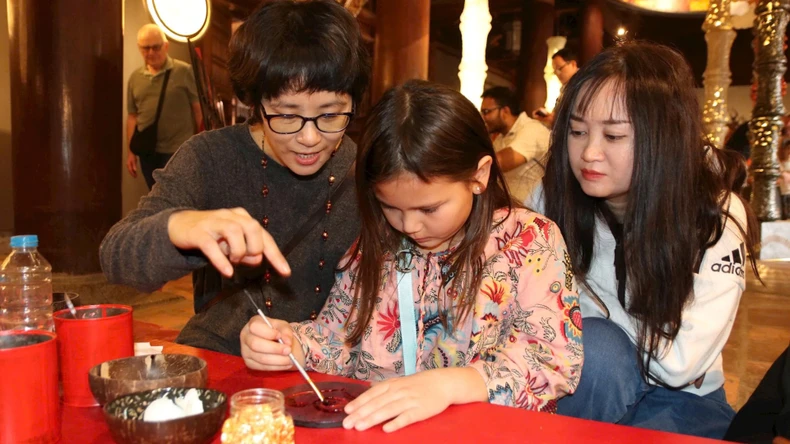 |
Artists and visitors make lacquer works at the Temple of Literature. |
Integrating together to build creative cities
Vietnam now has many creative tourism models and products that have been formed and developed in some localities. For example, Hoi An (Quang Nam province), the problem of frequent flooding has been exploited into a tour called “Hoi An in the flood season” which has been highly appreciated by many experts. However, Hanoi is still the place where creative tourism activities flourish the most.
Master Le Anh Thu (UNESCO Office in Vietnam) commented that Hanoi becoming a UNESCO Creative City of Design in 2019 is an important milestone and step forward in Vietnam developing its creative tourism potential. Hanoi can play an experimental role for other cities to learn from. In fact, Hanoi already has "pillars" such as hundreds of creative spaces, 1,350 craft villages, and is a "fertile land" for leading artists and artisans. When the market changes, artisans, artists, especially creative spaces and craft villages, have quickly "caught the wave" and changed their direction of operation...
Creative tourism is bringing new momentum, but there are still many barriers. Typically, some units have implemented creative tourism activities but are still confused with experiential tourism. This loses the advantage of promoting new and unique activities in creative tours. Creative tourism activities are still spontaneous, without a long-term strategy. However, this is gradually changing.
For the craft village sector, since 2024, the city has launched dozens of Creative Design Centers, introducing, promoting and selling OCOP products, craft villages associated with tourism in famous craft villages such as: Bat Trang pottery, Chuyen My mother-of-pearl inlay, Trach Xa ao dai, Phu Vinh rattan and bamboo weaving...
These models are gradually changing the mindset and ways of attracting tourists of the craft villages. The city is currently drafting two Resolutions of the City People's Council on the Regulations on the organization and operation of the Cultural Industry Center and the Commercial and Cultural Development Zone. In particular, when participating in the Cultural Industry Center and the Commercial and Cultural Development Zone, organizations and individuals will enjoy many preferential policies and enjoy the "ecosystem" serving the creative cultural industry created by the city.
The city also officially called on creative spaces to join the City-wide Creative Space Network, which is expected to be officially launched in June 2025. The implementation of policies to develop the cultural industry in general and the Creative City in particular will create a reciprocal impact on creative tourism.
In order for creative tourism to develop sustainably and contribute to building a tourism brand, according to Associate Professor, Dr. Pham Truong Hoang, Head of the Faculty of Tourism and Hospitality (National Economics University, Hanoi), it is necessary to pay more attention to the human resource factor, in which universities need to have specific strategies in improving the quality of training, creating an environment that stimulates creativity, where students can develop new ideas and apply them in practice.
Source: https://nhandan.vn/suc-hut-tu-du-lich-sang-tao-post878875.html


![[Photo] Prime Minister Pham Minh Chinh starts construction of vital highway through Thai Binh and Nam Dinh](https://vphoto.vietnam.vn/thumb/1200x675/vietnam/resource/IMAGE/2025/5/12/52d98584ccea4c8dbf7c7f7484433af5)
![[Photo] Prime Minister Pham Minh Chinh works with the Standing Committee of Thai Binh Provincial Party Committee](https://vphoto.vietnam.vn/thumb/1200x675/vietnam/resource/IMAGE/2025/5/12/f514ab990c544e05a446f77bba59c7d1)

![[Photo] Prime Minister Pham Minh Chinh receives Swedish Minister of International Development Cooperation and Foreign Trade](https://vphoto.vietnam.vn/thumb/1200x675/vietnam/resource/IMAGE/2025/5/12/ae50d0bb57584fd1bbe1cd77d9ad6d97)




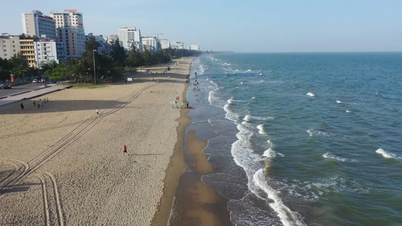







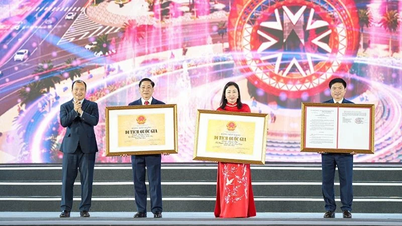

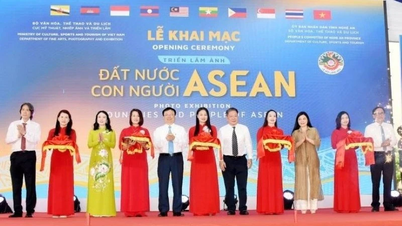

![[Photo] Prime Minister Pham Minh Chinh receives Swedish Minister of International Development Cooperation and Foreign Trade](https://vphoto.vietnam.vn/thumb/402x226/vietnam/resource/IMAGE/2025/5/12/ae50d0bb57584fd1bbe1cd77d9ad6d97)
![[Video] International Nurses Day (May 12): Honoring the silent contributions](https://vphoto.vietnam.vn/thumb/402x226/vietnam/resource/IMAGE/2025/5/12/e417af33166f4fa28057c788dcd9086f)


















































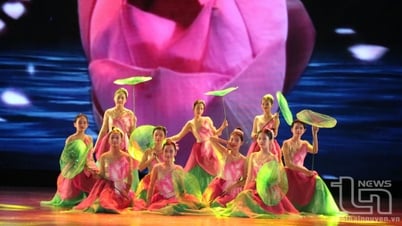

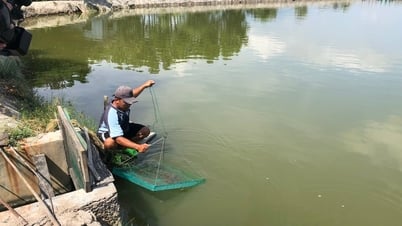

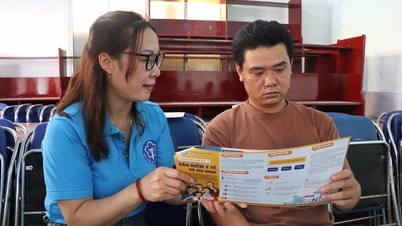
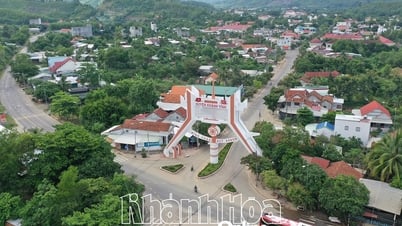











Comment (0)